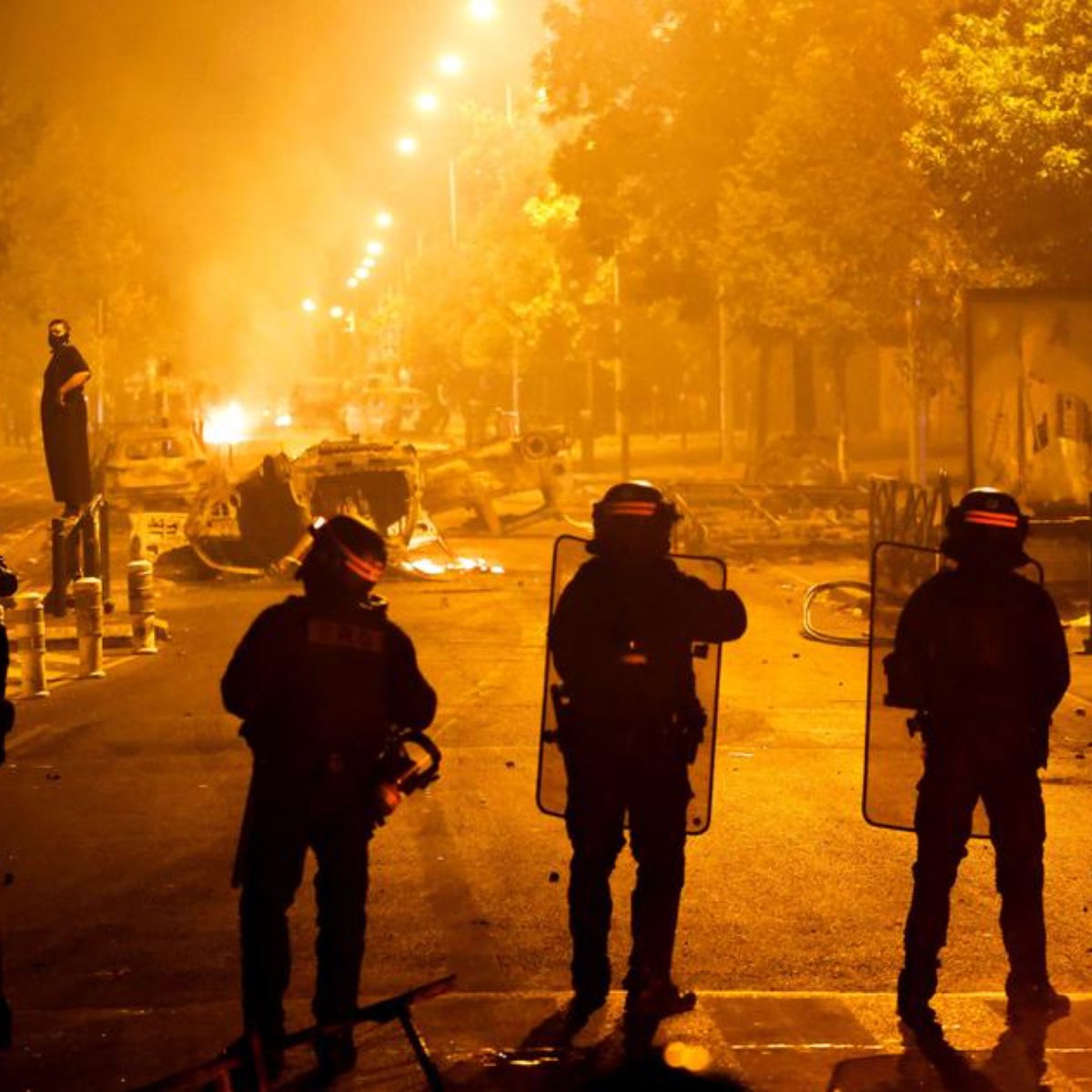Unfortunately riots and civil unrest seem to be common place in todays world. With that in mind there is a lot to be said about the phrase – safety in numbers. With that in mind here are 9 steps to prepare for riots as a neighborhood.
Community Safety: 9 Steps to Prepare for Riots as a Neighborhood

Stronger Together: A Guide to Community Preparedness for Riots
When riots and civil unrest erupt, prepared communities are better equipped to weather the storm. This guide explores nine essential steps that neighborhoods can take to build collective resilience and ensure the safety of residents during turbulent times. By working together and implementing these proactive measures, communities can foster a sense of security and emerge stronger from challenging situations.
1. Establish a Neighborhood Watch Program
The eyes and ears of the community. Organize regular meetings for residents to discuss safety concerns, share information, and build relationships. Elect block captains or leaders to coordinate communication, activities, and liaise with local law enforcement for support and guidance. A united neighborhood watch program strengthens the community’s ability to identify and address potential threats.
2. Conduct a Risk Assessment of the Area
Knowledge is power. Collectively assess your neighborhood’s vulnerability. Identify areas with high-risk factors, such as proximity to key infrastructure, government buildings, or commercial areas that might be targeted during unrest. By understanding your vulnerabilities, you can develop targeted strategies to mitigate risks and enhance security measures.
3. Develop a Communication Plan
Effective communication is crucial during emergencies. Establish multiple communication channels like phone trees, messaging apps, and social media groups to disseminate critical information and updates to all residents. Develop a system for rapid communication, and test your plan regularly through drills and exercises to ensure its effectiveness.
4. Strengthen Physical Security Measures
Security starts at home. Encourage residents to conduct security assessments of their properties, identifying weaknesses and implementing improvements. Installing security cameras, alarm systems, and motion-sensing lights can act as deterrents. Consider neighborhood-wide measures like installing gates, barriers, or organizing patrols to create a more secure environment.
5. Stockpile Emergency Supplies
Being prepared is essential. Build a community emergency kit stocked with essential supplies like food, water, first aid equipment, and batteries. Distribute emergency supply lists and encourage residents to stockpile individual kits as well. Regularly check and rotate community supplies to ensure their freshness and availability.
6. Establish Safe Zones and Meeting Points
Know where to go. Designate safe zones or community centers as designated gathering points during emergencies. Map out evacuation routes and escape plans from various parts of the neighborhood. Clearly communicate these safe zones and meeting points to all residents and visitors to ensure everyone knows where to go if trouble arises.
7. Conduct Training and Drills
Empowerment through knowledge. Provide residents with training on personal safety, conflict resolution, and emergency response procedures. Organize regular drills and exercises to practice evacuation procedures, communication protocols, and response strategies. Offer resources and guidance on self-defense techniques and de-escalation strategies to equip residents with the skills they might need.
8. Foster Community Relationships
Strength in numbers. Organize social events and activities to build connections and foster a sense of community among residents. Encourage neighbors to look out for one another, report any suspicious activity, and work together to address potential problems. Building strong community relationships promotes a supportive environment where everyone feels invested in the neighborhood’s safety.
9. Stay Informed and Engaged
Knowledge is key. Monitor local news sources, social media channels, and official pronouncements for updates on potential unrest. Actively participate in community forums, meetings, and safety briefings to stay informed about evolving situations. Share information and resources with neighbors to promote awareness, preparedness, and a unified response.
Conclusion
By taking these nine steps, communities can significantly enhance their preparedness for riots and civil unrest. Prioritizing community safety through proactive measures, fostering resilience through collaboration, and cultivating a spirit of solidarity are the cornerstones of a safe and secure neighborhood. Remember, a prepared and united community is a more resilient community.
Check out more prepper stuff here.
